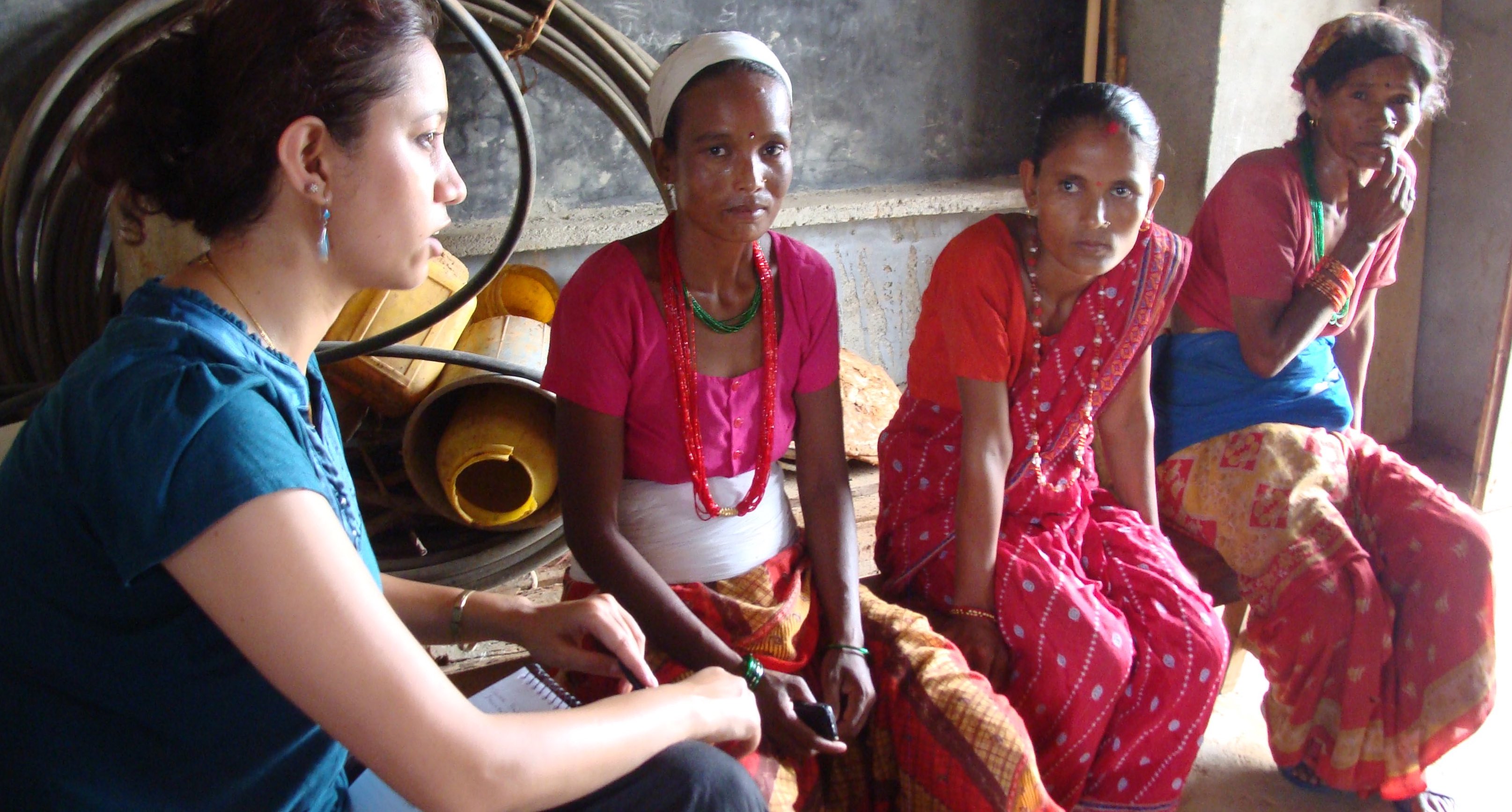Protection or discrimination?
Research into the public policies adopted by some Asian countries to ostensibly protect female migrant workers shows the limitations and potentially dangerous effects of these measures.
Women are increasingly migrating on their own for work abroad, a global trend that is especially evident in Asia. This offers women new economic opportunities, but also exposes them to risks. Nepal is one of at least seven Asian labour-sending nations that has adopted policies to ban its female citizens from going abroad to work. Although the rationale of these policies is to protect, they lead to unintended consequences that put women at even greater risk.
In her recent essay, “Protection or Discrimination? The Case of Nepal’s Policy Banning Female Workers,” incoming CERC Migration Senior Research Associate Richa Shivakoti presents a compelling case study that reveals why certain labour-sending governments introduce female migrant bans. The essay will be published as a chapter in the new book, Urban Spaces and Gender in Asia, edited by Divya Upadhyaya and Caroline Brassard.
Shivakoti uses the case of Nepal to argue that governments adopt these restrictive, gendered policies for specific, short-term political reasons, even though the migration bans violate their own national and international commitments to gender equality and freedom of movement.
Her study, based on fieldwork interviews with high-level government officials and civil society members in Nepal, shows how such policies have detrimental and punitive effects on women by reducing their access to economic opportunity, mobility and independence, and creating other vulnerabilities that increase their risks of abuse and exploitation.
Despite knowing the lack of effectiveness of these policies in protecting women from abuse, labour-sending governments usually introduce migration bans after a major crisis. They choose the policy as an easy, short-term fix to appease angry citizens by appearing to protect women, look decisive and restore public confidence, and because governments have limited power in influencing other countries to change their laws to protect female migrant workers.
Shivakoti cites the example of Nepal’s government introducing a complete ban on female workers going to the oil-producing countries of the Persian Gulf for domestic work after the highly publicized death of a Nepali female domestic worker in Kuwait, which caused significant public outcry in Nepal. She was alleged to have committed suicide due to repeated physical violence and rape from her employer.
Nepal has imposed gendered policies ranging from total female migration bans to age-related bans applying to women under 30 and, at another time, those under 24. “These policy overreactions allow governments to be seen as doing something to alleviate the problem, when in reality they are not really addressing the underlying problems either at the domestic or international level,” says Shivakoti, who was born in Nepal and conducted this research as part of her PhD on labour migration governance at the National University of Singapore.
“Once the policy ban was put in place in Nepal, legal avenues for women working abroad were closed. A key source of income stopped, yet the government did not provide alternate job opportunities in their own country. Women had to find illegal avenues, so they were still going to the Gulf countries but through more dangerous channels.”
Shivakoti’s case study demonstrates that policies banning women from working abroad are not only discriminatory and ineffective; they also have detrimental and potentially dangerous consequences for female migrants who lack economic opportunities at home. The bans drive labour migration underground, making women even more vulnerable to the risks of human trafficking, sexual violence, physical abuse, long working hours and economic exploitation.
The bans also preclude women from seeking legal intervention if they are harmed, abused or exploited while working abroad. “Without an official labour permit, they’re not able to pay for collective labour insurance protection. If a woman has a problem with her employer, has an accident or needs to be rescued, she doesn’t have the same claim to the insurance fund. For example, if a female migrant worker died, her family wouldn’t be entitled to compensation,” says Shivakoti.
She adds that the case of Nepal points to a compelling need for viable, long-term solutions to a more widespread problem. Similar policies have been adopted at different times by Bangladesh, the Philippines, Indonesia, Sri Lanka, Thailand, India, Kenya and Ethiopia.
Lifting these bans is a first step that would give female migrant workers legitimate access to more economic opportunity, independence and mobility, as well as some limited protective services provided by their home countries. “If the bans weren’t in place, that would be an improvement because female migrant workers wouldn’t have to work abroad illegally and face more danger,” she says.
Shivakoti is now collaborating with researchers at the University of Cambridge in the United Kingdom and Macquarie University in Australia on a comparative study of female migrant bans in Nepal, the Philippines, Sri Lanka and Indonesia. “We’re looking at how these gendered policies are influenced by the paternalistic attitudes of countries, and by the power imbalances between labour-sending and labour-receiving countries.”
To substantially reduce risks for female migrant workers, Shivakoti suggests Asian labour-sending nations must address these power imbalances by working together rather than individually to press for improved working conditions and human rights in labour-receiving countries.
“If Asian labour-sending nations can speak with a collective voice, the power imbalance becomes less. Nepal and other labour-sending nations could then more effectively ask and negotiate for changes in domestic policies in Gulf countries to provide greater protection for their migrant workers,” she says.
